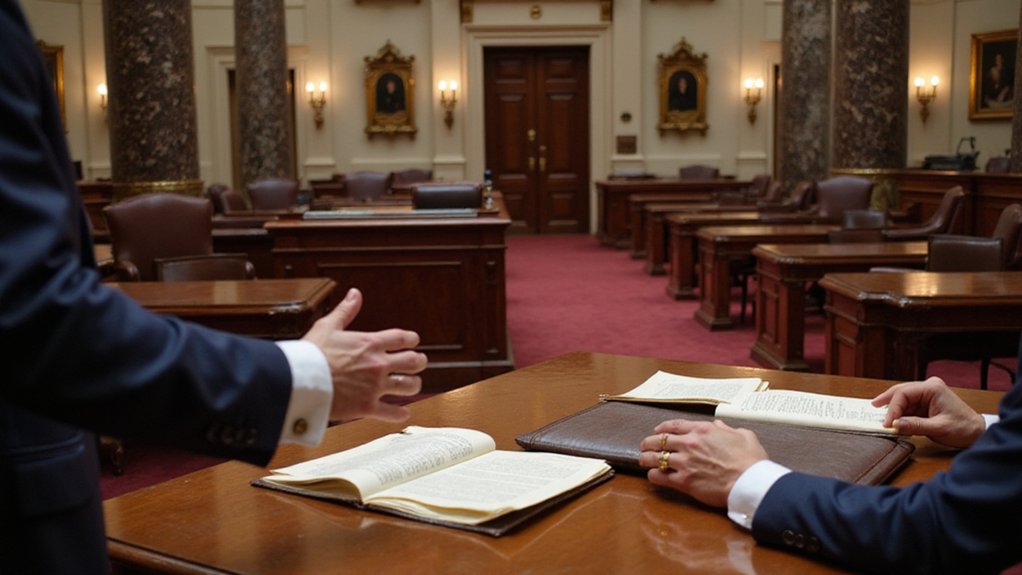After years of regulatory uncertainty that left the $250 billion stablecoin market operating in what could charitably be described as a legal gray area, the Senate finally passed the GENIUS Act on June 18, 2025, with a surprisingly robust bipartisan vote of 68-30. The legislation emerged from extensive negotiations that overcame initial Democratic resistance—concerns that were, rather unsurprisingly, linked to stablecoin connections with Trump-affiliated firms.
The Act’s provisions read like a regulatory wish list that actually has teeth. All stablecoins must now be backed 100% by liquid, safer assets such as U.S. dollars or short-term Treasuries, effectively ending the creative accounting that has occasionally plagued the sector. Monthly audits and public reserve disclosures will become mandatory, while yield-bearing consumer stablecoins face an outright prohibition—a move that prioritizes consumer protection over potentially lucrative but risky practices.
Perhaps most importantly, the Treasury Department assumes centralized regulatory authority over stablecoins, marking Washington’s first serious attempt at federal cryptocurrency oversight. This development should particularly concern large technology firms that have operated with considerable freedom in the digital asset space. The regulatory clarity provided by this legislation aligns with broader predictions of a more favorable environment for crypto growth in 2025.
The Treasury’s new oversight authority signals the end of Big Tech’s regulatory holiday in cryptocurrency markets.
Treasury Secretary Scott Bessent projects the U.S. dollar stablecoin market could expand nearly eightfold to $2 trillion within a decade—an ambitious forecast that assumes regulatory clarity will spark institutional participation and innovation. The reasoning seems sound: stablecoins increasingly serve as payment rails and dollar access points in emerging markets, functions that benefit from standardized oversight.
Critics, particularly Senator Elizabeth Warren, argue the legislation inadequately addresses corruption risks, including potential bribery facilitated through stablecoins. National security concerns regarding money laundering and sanctions evasion also persist, though the Act’s transparency requirements and asset backing controls aim to mitigate systemic risks. The legislation specifically aims to prevent catastrophic Terra-Luna collapses by imposing strict anti-money laundering compliance requirements alongside mandating strict asset backing requirements.
The bill now advances to the Republican-controlled House, where reconciliation with similar House legislation awaits. While final passage requires both chambers’ approval and presidential signature, the Senate’s decisive bipartisan support suggests momentum toward thorough stablecoin regulation—assuming, of course, that political dynamics don’t shift dramatically before House consideration.









